MISC, Mitsui, and SHI to collaborate on CCS value chain: Malaysian energy logistics group MISC Berhad (MISC) has joined forces with South Korean shipbuilder Samsung Heavy Industries (SHI), Japanese trading company Mitsui & Co. and international technology group Andritz to explore opportunities for carbon capture and storage (CCS) solutions in the maritime value chain. On 18 January, the companies signed Memorandums of Understanding (MoU) to work on the projects which will include identifying storage hubs, developing floating solutions, and carbon capture parts and equipment. Under the MoU with Mitsui, the parties will jointly collaborate on business opportunities across the CCS value chain, including the identification of potential CCS hubs, and assessing the commercial and technical viability of CCS solutions. Meanwhile, the partnership with SHI covers the joint development of the engineering, procurement, and construction (EPC) of the floating carbon dioxide (CO2) solutions to facilitate and support the optimization of offshore CCS projects by combining each party’s expertise, experience, and resources.
Nine in 10 major ports are exposed to climate hazards: New research from the University of Oxford’s Environmental Change Institute (ECI) indicates that nearly nine in 10 major ports globally are exposed to damaging climate hazards, resulting in escalating economic impacts on global trade. Because of their locations in hazard-prone areas along coasts and close to rivers, ports will have to cope with sea-level rise and more-severe storms because of climate change. The resulting physical damage to infrastructure and disrupted operations can have far-reaching consequences. The ECI study, published in Communications Earth and Environment, provides a detailed picture of climate risks for 1,340 of the most important ports globally. It combines a new geospatial database of port infrastructure assets, with details on natural hazards, including earthquakes, cyclones, and flooding, as well as localized information on “marine extremes,” such as wind speeds, waves, and temperature.
Port of San Diego doubles shore power capacity: The Port of San Diego is ramping up its efforts to improve air quality at the port by doubling the capacity of ships that can use shore power. Namely, two cruise ships can now simultaneously use shore power in San Diego rather than running their diesel engines while at berth. Previously, only one vessel was able to do so. On Friday, 13 of January, the Disney Wonder and the Insignia were the first two cruise vessels to use shore power at the same time in San Diego. The port invested $4.6 million to complete this project and worked with Cochrane Marine, LLC to purchase equipment and manage the construction, coordination, testing, and commissioning. San Diego County-based Baker Electric, Inc. installed the port-provided electrical equipment and removed, replaced, and terminated medium voltage cables. The port installed its first shore power outlet at the cruise terminals in 2010.
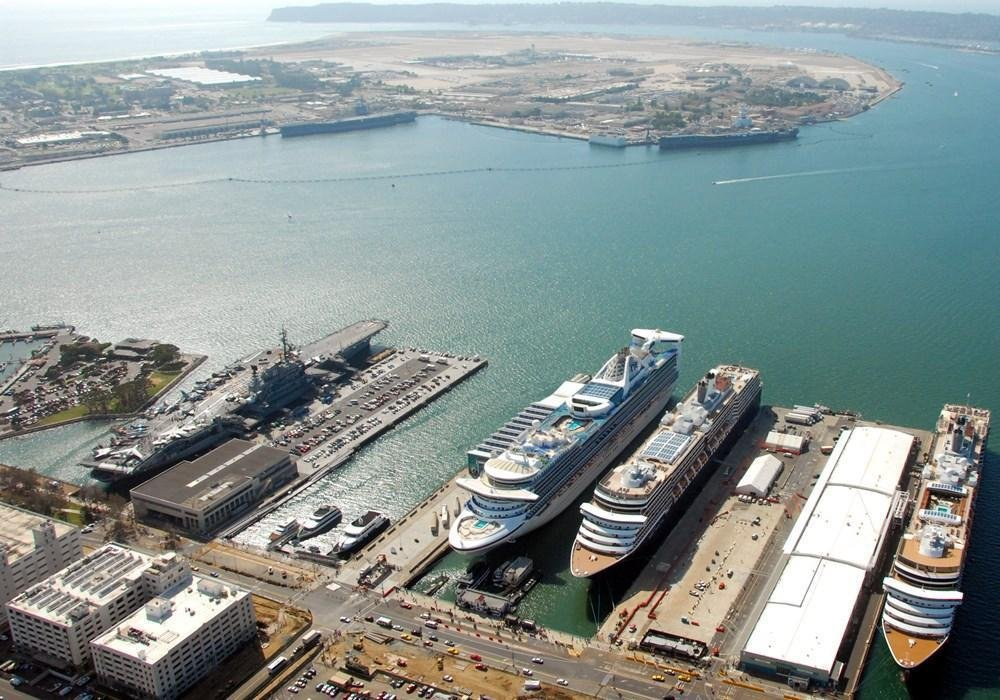
HAROPA PORT reveals €590m investment in decarbonized industrial cluster: In 2022, HAROPA PORT, France’s leading port, saw over half a billion euros invested in the development of a decarbonized industrial cluster at the port. HAROPA PORT with its three port/industrial zones, working through the nonprofits Synerzip – LH, Incase – Industrie Caux Seine, and Upside Boucles de Rouen, submitted a joint application to the call. In October 2022, the cities of Le Havre, Rouen, and Paris, in conjunction with HAROPA PORT, selected 21 submissions in response to the first call for declarations of interest for the development of decarbonized urban river logistics at 32 locations along the Seine Axis. The project partners established a provisional list of studies costing over €10m for the preparation of the decarbonization of industrial and logistics operations. The projects include a biowaste production initiative, hydrogen generation from LNG service stations, and plastic recycling, among others.
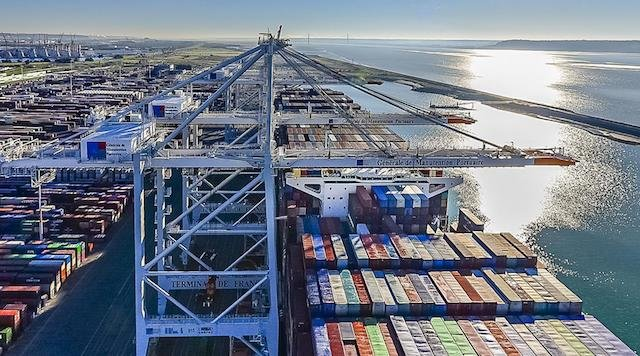
Floating wind, and green hydrogen brings Green Freeport status to two Scottish ports: The Scottish and UK governments have awarded the Green Freeport status to Inverness and Cromarty Firth Green Freeport and Forth Green Freeport in Scotland. The ports, Scotland’s first Green Freeports, will receive up to GBP 52 million in start-up funding and will benefit from tax reliefs and other incentives. As the governments announced the status awards, British Ports Association (BPA) welcomed the news and called on the UK and Scottish governments to consider how this could be extended to ports in all regions.
Stolthaven Terminals, Revivegen eye ammonia for their joint terminal in Taiwan: Stolthaven Terminals and Taiwanese Revivegen Environmental Technology Co. LTD launched their joint venture at a ceremony with Taiwan Cooperative Bank in Kaohsiung. The duo teamed up in 2021 with the intention to build a new greenfield terminal in Kaohsiung Port, Taiwan. The JV has been named Stolthaven Revivegen Kaohsiung Terminal Co., Ltd. (SHRVK) and it is targeting the growing demand for high-quality bulk liquid storage in the region and introducing more international trade to Taiwan. The two companies plan to develop integrated storage, drumming, warehousing, and distribution solutions for chemical and bulk specialty liquid customers. The terminal has also been described as ‘well-positioned’ to provide storage to support the transition to greener energy and fuel alternatives, including ammonia.
Governments
Swedish gov’t OKs Ports of Stockholm’s EU grant application for onshore power project: The Swedish government has given the go-ahead for Ports of Stockholm’s EU grant funding application for onshore power pilot studies. In the first week of January the positive decision was taken by the Swedish government to approve Ports of Stockholm’s request to submit a joint application, together with eight other Baltic Sea ports, for a grant from the EU Connecting Europe Facility (CEF). The aim is to improve the electrical supply infrastructure by expanding the onshore power connections at Ports of Stockholm to ensure the development of more sustainable shipping with low emissions of air pollutants. The joint EU grant application has the title Baltic Ports for Climate and is being submitted together with the ports in Aarhus, Klaipeda, Ventspils, Helsinki, Riga, Tallinn, Gdynia, and Hamburg.
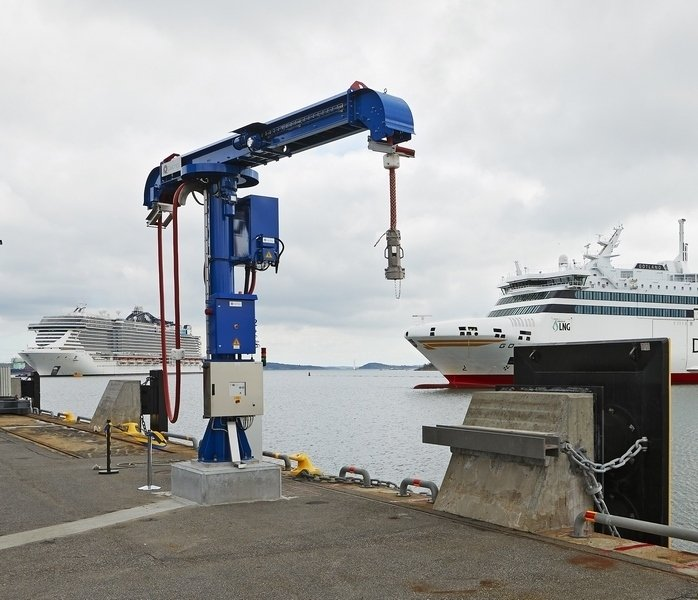
India aims to get local shipping hooked on green hydrogen: India’s newly launched National Green Hydrogen Mission (NGHM) has identified shipping as a sector for pilot projects with New Delhi setting aside an initial $2.5m for a variety of pioneering efforts that will also look at the steel sector. “Pilot projects will help identify operational issues and gaps in terms of current technology readiness, regulations, implementation methodologies, infrastructure, and supply chains. These will serve as valuable inputs for future scaling commercial deployment,” the new government mission said. India’s oil and gas companies will be required to charter at least one ship each to be powered by green hydrogen or derived fuels by 2027, and then they will have to add one more hydrogen-powered ship per year. Green ammonia bunkering facilities will be established in at least one port by 2025 with similar facilities to be created at all major ports by 2035. India will look to create its own green hydrogen and manufacture its own electrolyzers.
By Maria Bertzeletou, Breakwave Advisors
The opinions expressed herein are the author's and not necessarily those of The Xinde Marine News.
Please Contact Us at:
media@xindemarine.com

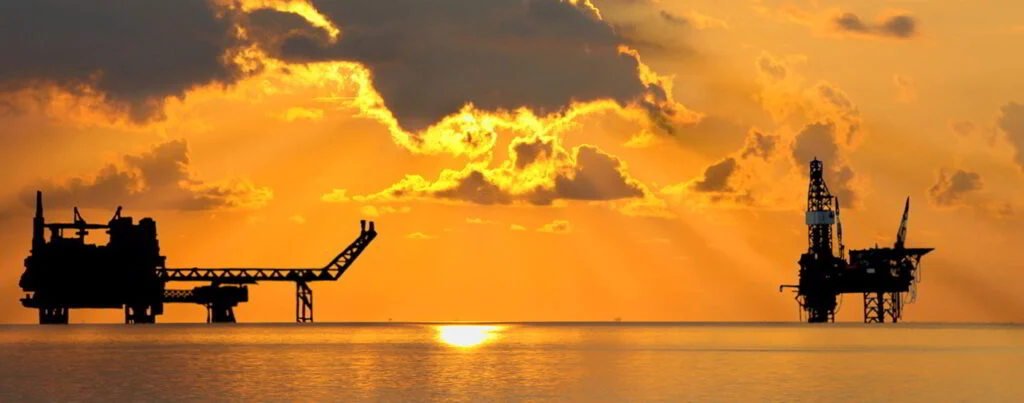
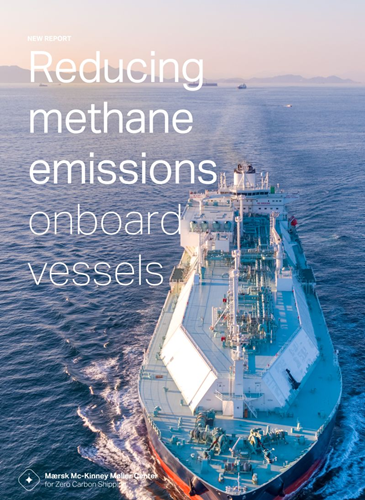
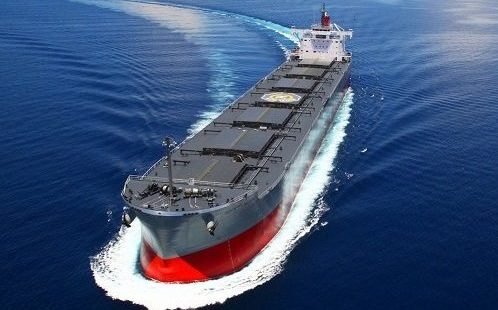
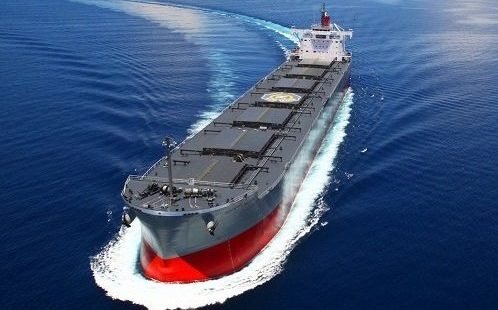
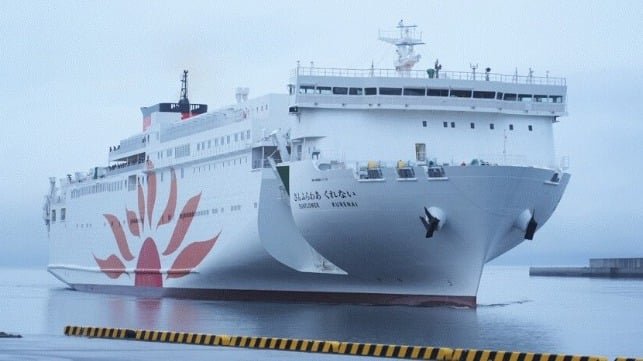
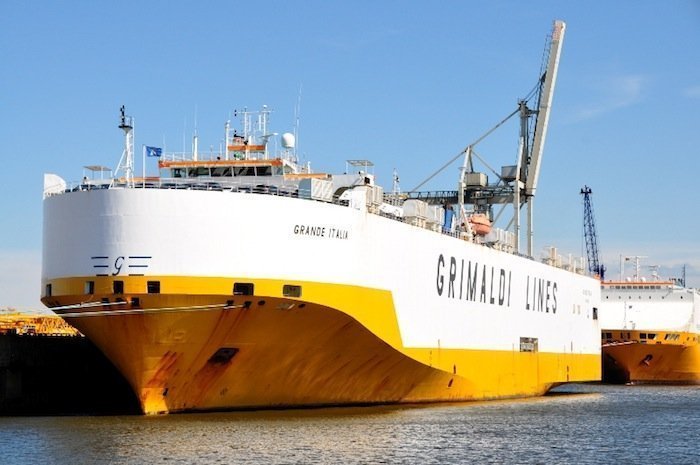
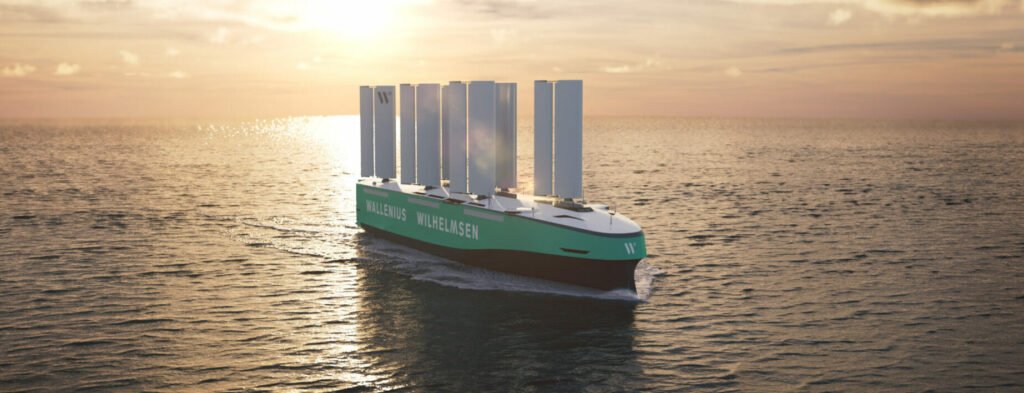
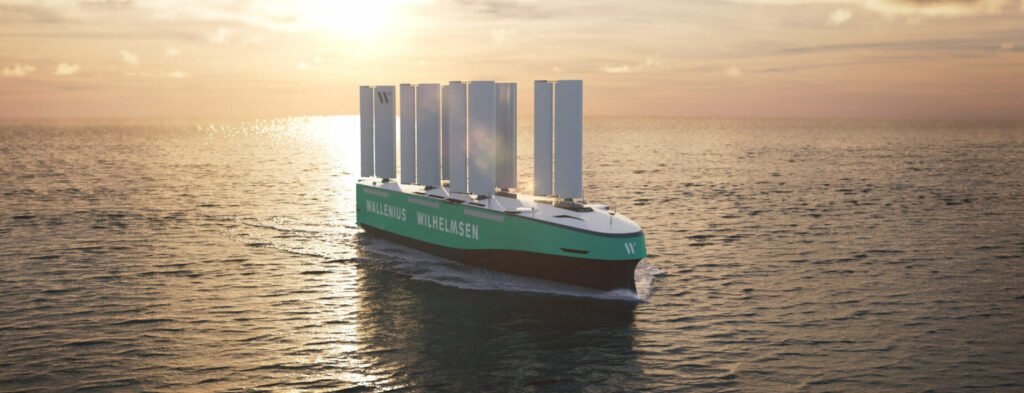

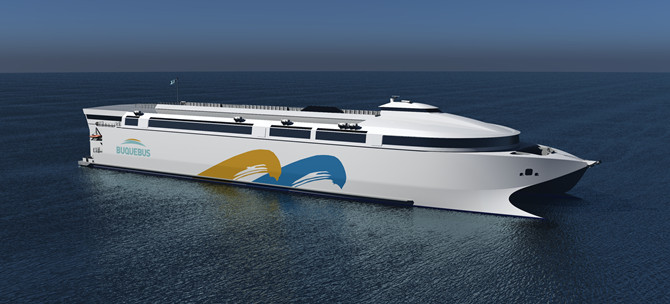
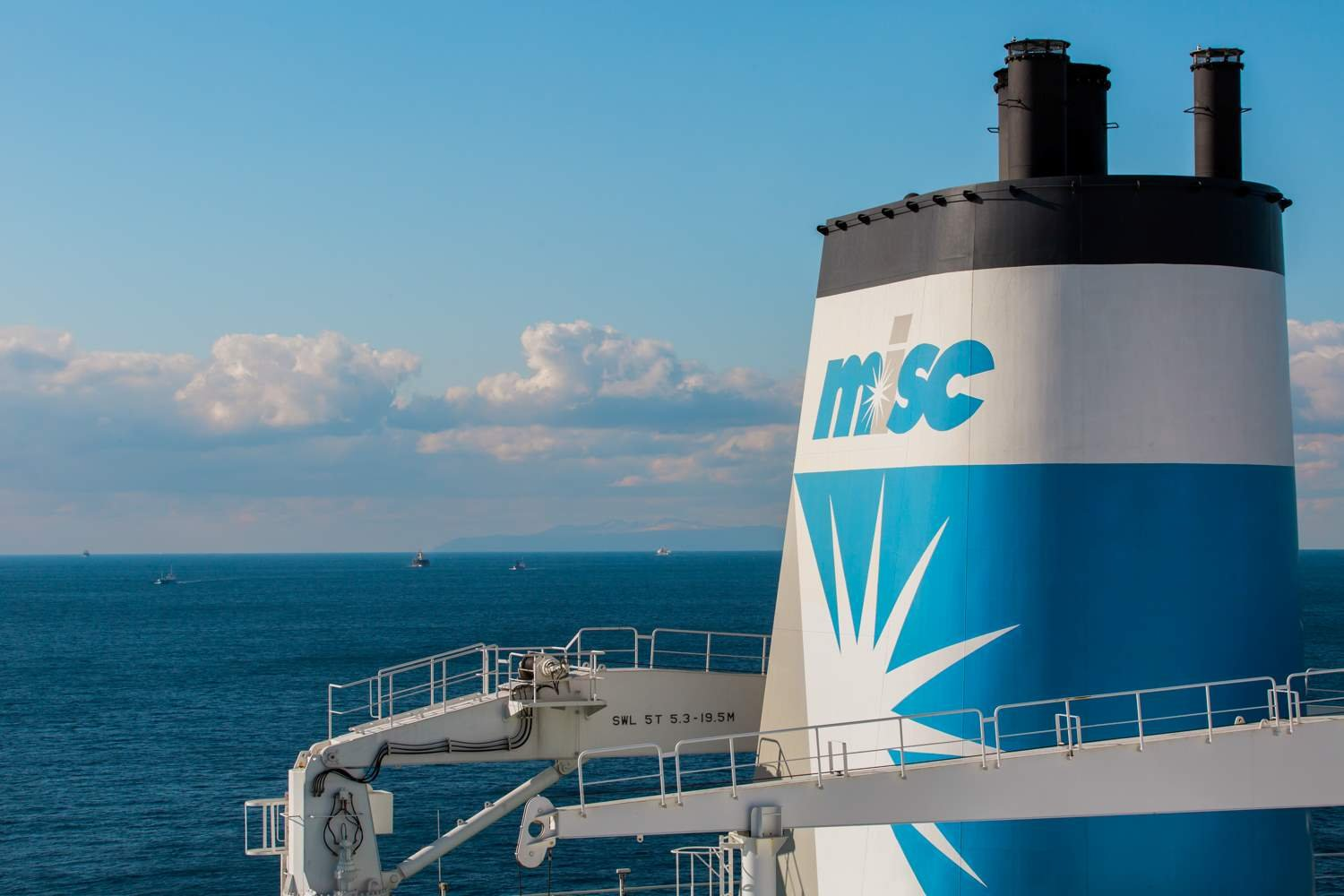



 Ningbo Containerized Freight Index Weekly Commentar
Ningbo Containerized Freight Index Weekly Commentar  Ningbo Containerized Freight Index Weekly Commentar
Ningbo Containerized Freight Index Weekly Commentar  Ningbo Containerized Freight Index Weekly Commentar
Ningbo Containerized Freight Index Weekly Commentar  BIMCO Shipping Number of the Week: Bulker newbuildi
BIMCO Shipping Number of the Week: Bulker newbuildi  Ningbo Containerized Freight Index Weekly Commentar
Ningbo Containerized Freight Index Weekly Commentar  Ningbo Containerized Freight Index Weekly Commentar
Ningbo Containerized Freight Index Weekly Commentar